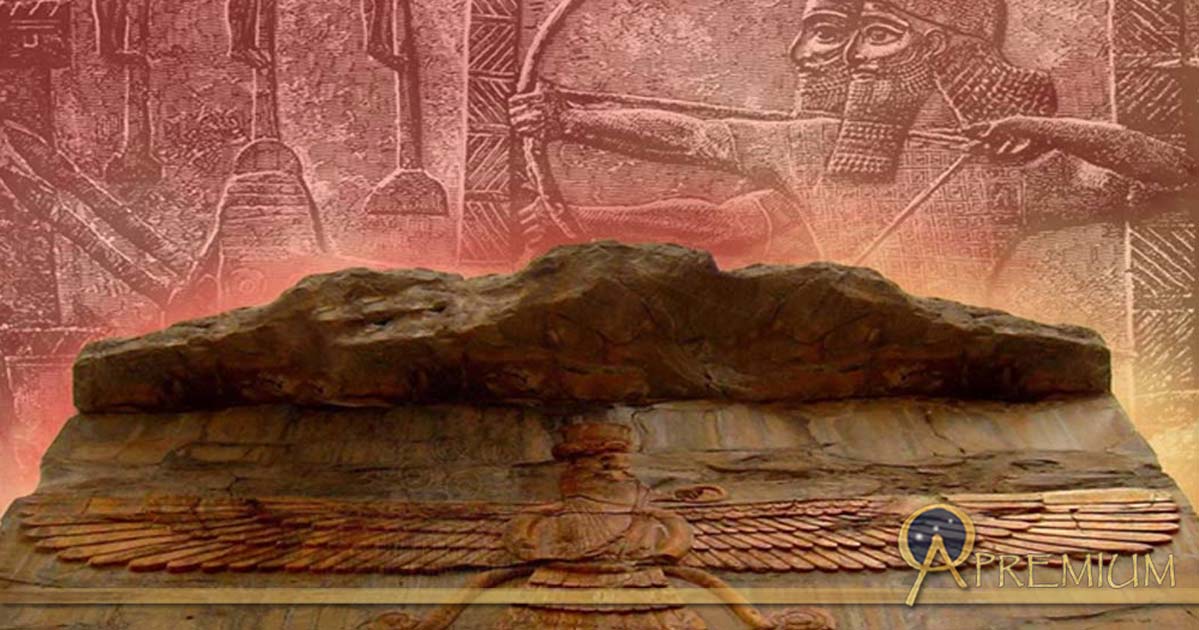The Persian War Machine: Organization and Command – Part I
The Persian war machine made empires beforehand look miniature. The Persians were able to take the best from all over the Near East and turn it into a force that could not be defeated for many centuries to come. The article you are about to read just skims the surface of a fascinating story that largely goes unnoticed.
Organization and Command
The Persian military organization was much like that of the provinces, wherein the provinces had a degree of autonomy that filtered down to local rule, and provinces provided troops to the king when needed. Because of this, it makes it difficult to identify what is distinctively Persian when it comes to their military system.
When it comes to command, it is headed by the “king of kings” or shahanshah in Persian. On the surface, the heart of command is with the king, like Darius leading his army into Scythia, Xerxes into Greece, like Artaxerxes II fought his brother Cyrus, and Artaxerxes lead his forces against both the Phoenicians and Egypt. However, the king could not always be on campaign. The reason for this is that if the king should be away for a certain period he risks much. A king cannot rule effectively if he is absent for a long period. In doing so, he leaves the art of governance in hands of officials who cannot always be trusted and in a worst case scenario, may attempt a coup d'etat, like Darius the Great who seized the throne of Persia after the death of Cambyses II. (See my article “Did Darius Hijack the Persian Throne?”)
As demonstrated, some Persian monarchs went on campaigns, but in many cases, the trust was placed in the hands of the men trained to do so—the commanders who were specifically sent from the royal court. One such example was Mardonios, who took command of the Persian military operations in Greece after Xerxes withdrew in 479 BCE. However, if the conflict was a local affair, the provincial satrap could conduct military operations against the aggressor both foreign and domestic.

King Xerxes I of Persia from his tomb at Naqshe Rustam (CC BY-SA 2.0)
With generals leading armies, comes military emblems. The use of standards was key in informing the troops who was in command and where to find him. The Persian standard was primarily displayed on the tent. The emblem of the Achaemenid’s was a golden eagle with its wings outspread. However, the image of the eagle was of less importance due to the ever present images of the sun-disc found in Achaemenid art.

Standard of Cyrus the Great (CC BY-SA 3.0)

Faravahar, one of the best-known symbols of ancient Iran (Persia). Relief in Persepolis. (CC BY-SA 3.0)
Recruitment
When it comes to recruiting, most were not full-time soldiers. Darius, king of Persia, calls them kara, which can mean “people-army or host.” In other words, they were the “people’s army.” In any case, they were not entirely militia nor considered levy but a reserve allowed holding land so long as they provided military service. The person in charge of the recruiting process was the satrap. Once orders filtered down from the Persian king, the satrap would pass the order down to his subordinate, which the Greeks called hyparchoi, “lieutenant-governors.” It was the duty of the lieutenant-governors to issue orders to the lower officials to seek out eligible men to fill the ranks. This was not always an easy task and one can see why when it’s understood that many of the Persian provinces were not ethnically universal. The Satrap would give such a job to lower officials who were native to the province.
This is a free preview of an exclusive article from Ancient Origins PREMIUM.
To enjoy the rest of this article please join us there. When you subscribe, you get immediate and full access to all Premium articles, free eBooks, webinars by expert guests, discounts for online stores, and much more!
- The Sumerian Military: Professionals of Weaponry and Warfare
- The Battle of Pelusium: Psychological warfare leads Persians to victory
- Has the mystery of the Lost Persian Army finally been solved?
Top Image: Deriv; Faravahar carved in stone at Persepolis, Iran, (Public Domain)and Persian archers (Public Domain)
By Cam Rea




















